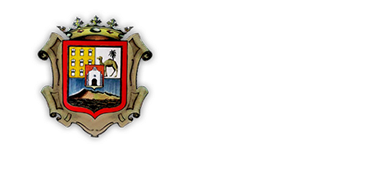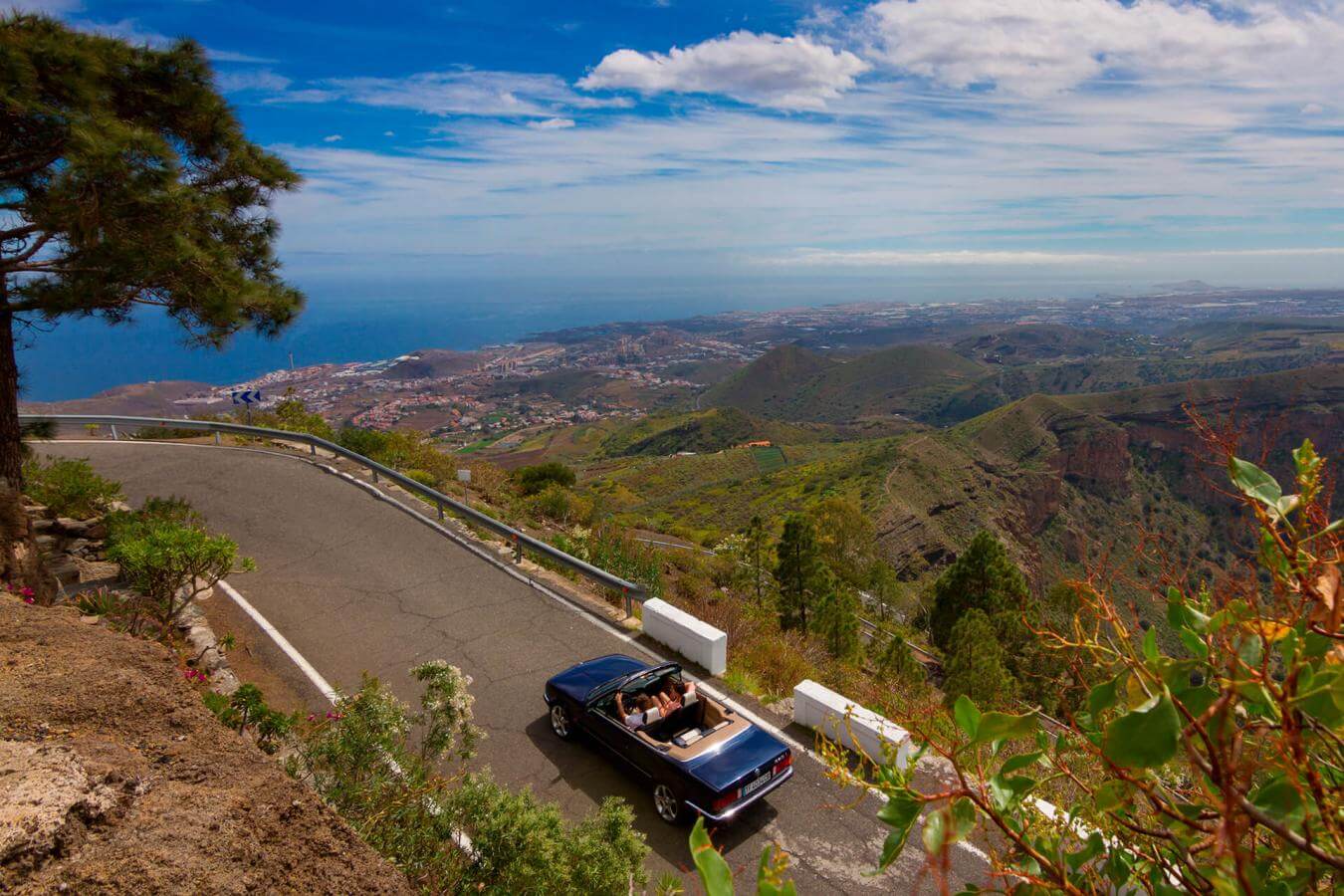Las Malvas beach, located in Tinajo, is a beach made up of sand and gravel, 180 metres long.
These areas, bathed by the Atlantic Ocean, are beaches with large rocks and cliffs not suitable for swimming.
The northern coastal areas of the municipality of Tinajo are traditionally used for recreational fishing with a rod and shellfish gathering of small univalve molluscs that grow attached to the rocks, such as limpets and burgados. Also crabs and sea urchins are appreciated by shellfish gatherers and used in traditional Canarian cuisine.
Las Lapas:


